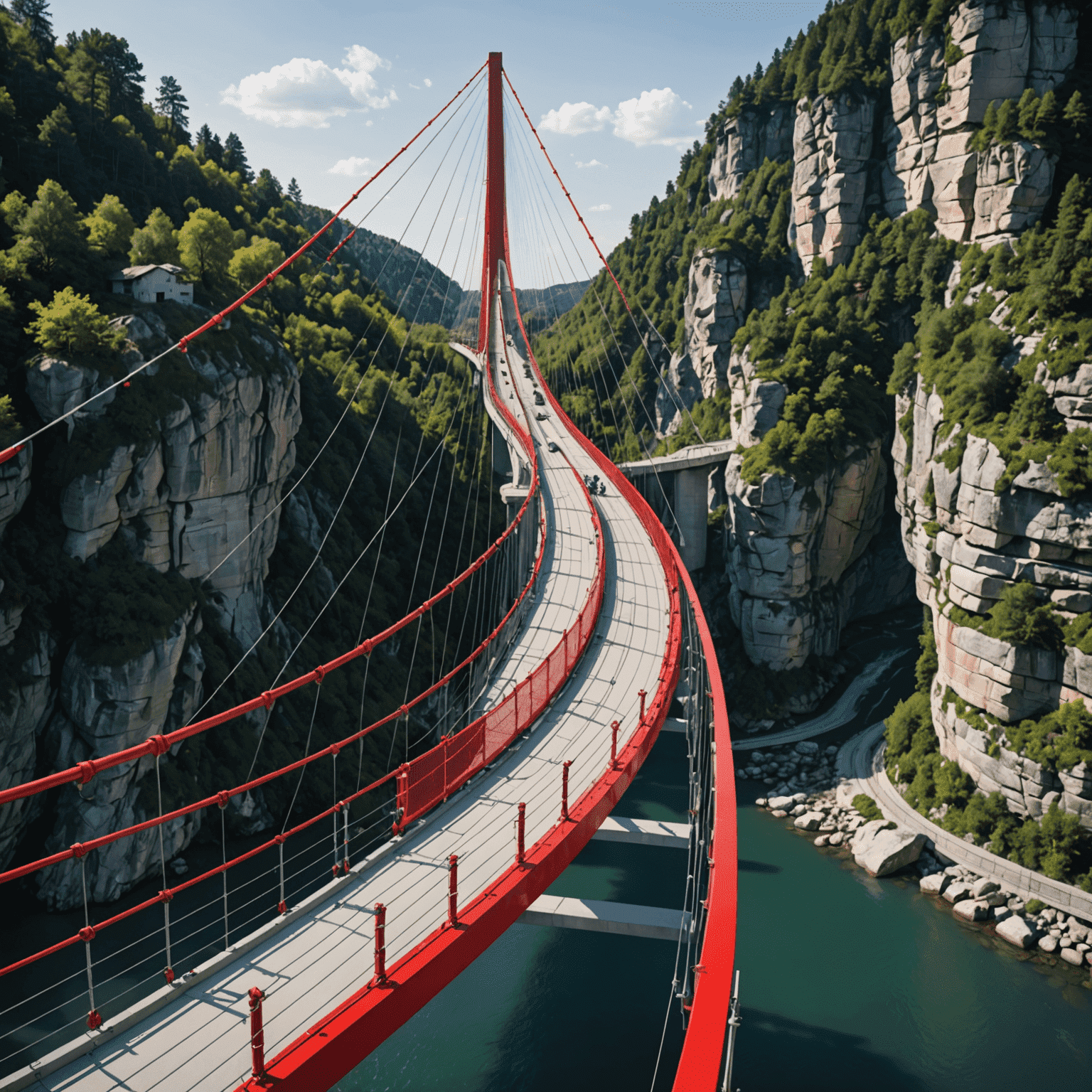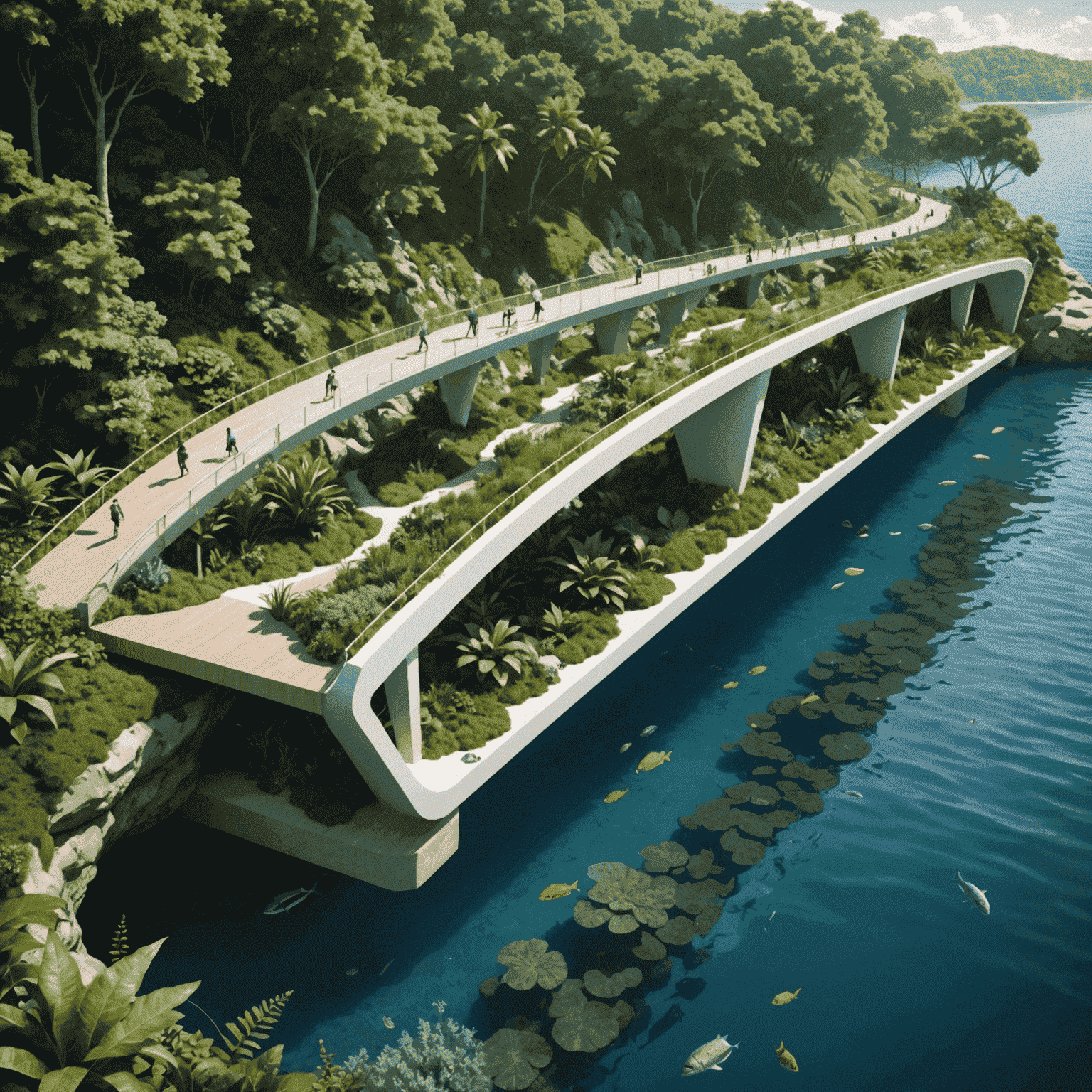Innovative Bridge Designs: Engineering Marvels of Tomorrow

In the world of civil engineering, bridge design continues to push the boundaries of what's possible. Today, we're exploring some of the most groundbreaking concepts that are reshaping our urban landscapes and transportation networks.
1. The Floating Arch Bridge
Imagine a bridge that seems to defy gravity. The Floating Arch Bridge concept utilizes advanced materials and engineering techniques to create a structure that appears to hover above the water. Its innovative design not only provides a stunning visual impact but also minimizes environmental disruption.

2. The Adaptive Bridge
As climate change presents new challenges, the Adaptive Bridge rises to meet them. This revolutionary design can adjust its height and shape in response to changing water levels and weather conditions, ensuring safe passage even in extreme circumstances.

3. The Energy-Generating Bridge
Combining functionality with sustainability, the Energy-Generating Bridge harnesses the power of wind, solar, and kinetic energy. Its surface is lined with state-of-the-art solar panels, while wind turbines are seamlessly integrated into its structure. The vibrations from passing traffic are converted into usable electricity, making this bridge a true powerhouse.

4. The Bio-Bridge
Nature-inspired engineering takes center stage with the Bio-Bridge. This innovative design incorporates living materials and biomimicry principles to create a structure that not only spans physical gaps but also enhances the local ecosystem. The bridge's surface supports plant life, while its pillars serve as artificial reefs underwater.

5. The Modular Rapid-Deploy Bridge
In disaster-prone areas, quick infrastructure restoration is crucial. The Modular Rapid-Deploy Bridge addresses this need with a design that can be quickly assembled and disassembled. Made of lightweight yet durable materials, this bridge can be transported easily and set up in a fraction of the time required for traditional bridge construction.

These innovative bridge designs represent just a glimpse into the future of infrastructure. As technology advances and our understanding of materials and engineering principles deepens, we can expect to see even more remarkable structures spanning our waterways and valleys, connecting communities in ways we've never imagined before.